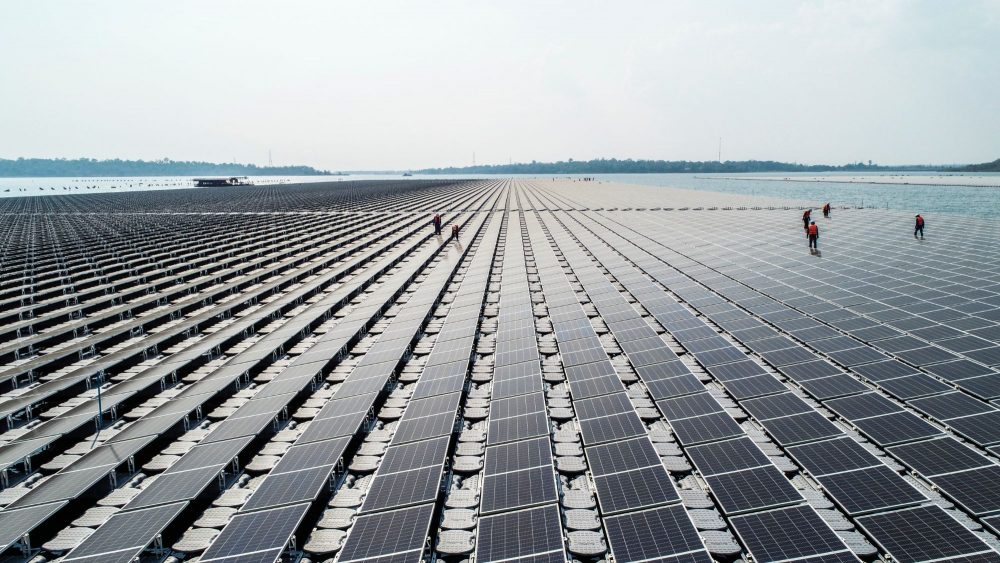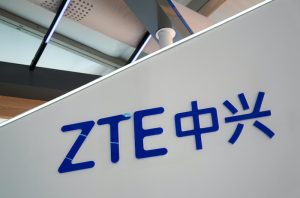Trump-era tariffs on imported solar energy equipment set to expire on February 6, 2022, will instead remain in place four more years, the Biden administration announced on February 4, although some concessions were made.
Former President Donald Trump used section 201 of the 1974 trade act to slap tariffs on imported solar products in a bid to support US solar manufacturing jobs. The tariffs started in 2018 at 30%, declined to 15% in the final year and were meant to end entirely on February 6, 2022.
The tariffs did little to slow imports, and seem instead to have simply pushed up costs for the end user while doing little to grow US solar jobs.
According to the US Energy Information Administration, 89% of US solar PV module shipments were imports in 2020. And, at 19.3 million peak kilowatts (kW), imports increased 26% from the 15.3 million peak kW imported in 2019. Vietnam was the leading exporter to the US, followed by Malaysia, Korea and Thailand.
In a pre-hearing brief the Solar Energy Industries Association (SEIA) filed in November 2021 with the US International Trade Commission (USITC) urging it to end the tariffs, the association asserted the tariffs “have only produced marginal investments in domestic module assembly facilities that fall well short of the capacity needed to serve US demand and meet President Biden’s ambitious climate and clean energy goals. They also failed to create jobs, instead resulting in significant job losses.”
The SEIA went on to assert that while the US has collected $2.6 billion in Section 201 solar tariffs, “not one cent of that helped the domestic manufacturing industry,” further saying “America lost 6,000 solar manufacturing jobs over the last four years when the petitioners promised we’d create more than 45,000 jobs.”
Not only have the tariffs apparently not created new solar jobs, a US International Trade Commission (ITC) report found there were “no confirmed new investments in US cell manufacturing” as a result of the tariffs. Indeed, one major US-based producer, Panasonic, closed in 2020, while the company that filed the original petition to impose the tariffs, Suniva, had in fact already “filed for bankruptcy protection and ceased production of cells and modules in April 2017.”
Balancing Act
In one concession, the Biden administration excluded bifacial panels which can generate electricity on both sides and are favoured by large scale developers. The technology was nascent in 2018 but is now dominant among big US projects.
The extension also doubles the import quota on solar cells – the main components of panels – to 5 gigawatts, and creates the possibility of duty-free imports from neighboring Canada and Mexico.
The Biden administration must maintain a balancing act between two important political constituencies: union labour, which supports import restrictions to protect domestic jobs and is a powerful voting block, and clean energy companies that want access to low-cost imports.
In this case, five domestic solar manufacturers petitioned the US government to extend the tariffs, saying their products were not yet able to compete with imports, asserting companies had stockpiled inventories before the tariffs took effect.
Industry trade groups countered that continuing the tariffs would threaten Biden’s goal of dramatically expanding clean energy.
This development does not specifically affect imports from China, the world’s biggest producer of solar energy products, as they remain subject to separate, 25% tariffs imposed by the Trump administration under Section 301, which the Biden administration has also maintained, in addition to anti-dumping and countervailing duties on imports of solar cells and modules from China and Taiwan.
- Reuters, with additional editing by Neal McGrath
READ MORE:
China Makes Headway with Green Energy – People’s Daily
China’s SPIC Links New Offshore Wind Farms to National Grid
Reliance Industries Bidding For ChemChina Solar Unit: ET
China To Reduce New Energy Vehicle Subsidies by 30% in 2022























